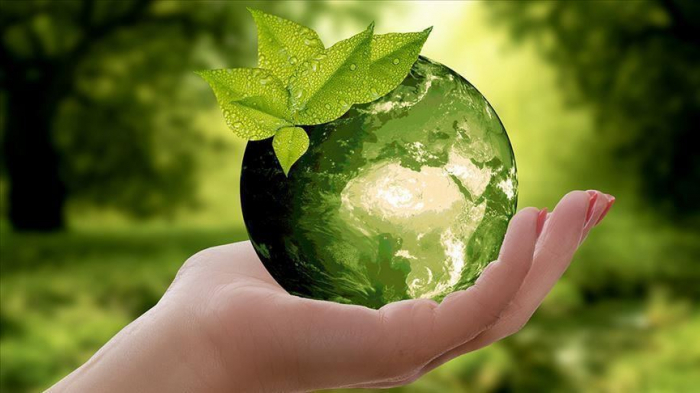BY ELIF SELIN ÇALIK,
Journalist, Ph.D. candidate and energy expert based in London
The coronavirus pandemic has been acute, immediate and is killing rapidly, while climate change is taking place at a slower pace but is equally critical. The two crises are clearly linked because the scale and nature of the economic policy decisions being made now will crucially affect climate outcomes far into the future. So, after putting climate change on the back burner, the pandemic has added to the urgency of addressing it.
Therefore, I am delighted to write an article for an immensely important and timely discussion on two issues: the COVID-19 and climate change crises.
First, we must ask what protection is being provided for environmental recovery during the preparation for the vaccine? The one crisis that affects all of us right now is the COVID-19 pandemic. Policymakers across the globe are rightly focused on protecting public health, stabilizing economies and helping those whose livelihoods are at stake. But if recovery from the crisis is to be sustainable – if our world is to become more resilient – we must do everything in our power to promote a green recovery.
According to the International Monetary Fund's (IMF) October 2019 Fiscal Monitor report, the economic crisis induced by COVID-19 does not change the basic climate challenge or the proper response to it. Even a prolonged global recession would have only a modest impact on decreasing the level of atmospheric greenhouse gas emissions. Thus raising the cost of emissions, central to addressing the externality problem at the heart of climate change, remains essential. The report also highlighted that the action required also remains ambitious, for example, containing global warming to 2-degrees Celsius or less would require rapidly phasing in measures equivalent to a global tax of at least $75 per ton by 2030, whereas the current global average carbon price is $2 per ton. This means that the carbon tax must be increased by around 40% by 2030.
Therefore, at the governmental level, decisions must be made to shape clean recovery for the future. Decision-makers must choose to support green, rather than polluting, activities. Public investment projects could focus on boosting climate-smart infrastructure, renewable energy, modernizing the electric grid, public transport, improving digital infrastructure to build on the global teleworking experience, developing and adopting climate-smart technologies – like electric car batteries and avoiding carbon-intensive investments, i.e. less reliance on fossil-fuel power and high-emissions vehicles.
At the governmental level, July 2020 is the most important in terms of green recovery. Some countries have hit the panic button, but some continue to steal from their younger generations. Last week, European Union leaders signed a recovery deal that included devoting nearly 550 billion euros ($646 billion) to green projects over the next seven years – the largest single climate pledge ever made. This hopeful decision came after 90 hours of intense discussion. This recovery deal includes the largest climate funding pledge in history. The EU plan includes more climate funds than the combined green spending – of roughly 494 billion euros in today's money. This is the largest amount of money from all major economies' recovery plans after the 2008-2009 financial crisis. However, that amount of money may not be enough, according to the report “New EU budget not green enough” published by the Agora Energiwende think tank. Some 2.4 trillion euros in low-carbon investments are needed by 2027 to meet the EU's emissions goals.
However, according to the think tank’s head of European energy policy, the funds that are firmly earmarked for climate protection in the new EU budget proposal are far from sufficient. The report highlights that member states and the European Parliament need to up their commitments. Economic recovery must be closely tied to climate protection if we hope to achieve more ambitious climate targets for 2030.
While the EU is trying to turn challenges into opportunities, global solidarity, open and fair trade, rule-based order and multilateralism are crucial elements for environmental recovery. There is no vaccine for climate change and its devastating impact. Fiscal measures implemented by governments to slow the coronavirus pandemic need to be harmonized to combat climate change as well to ensure an environmentally sustainable green recovery after the pandemic.
DailySabah
More about:
















































